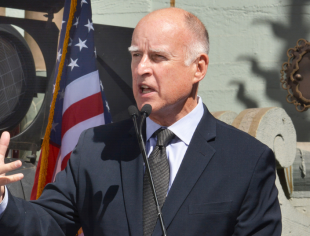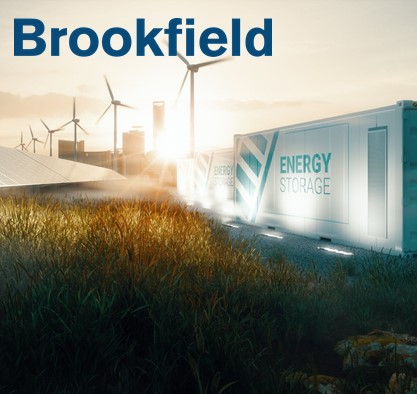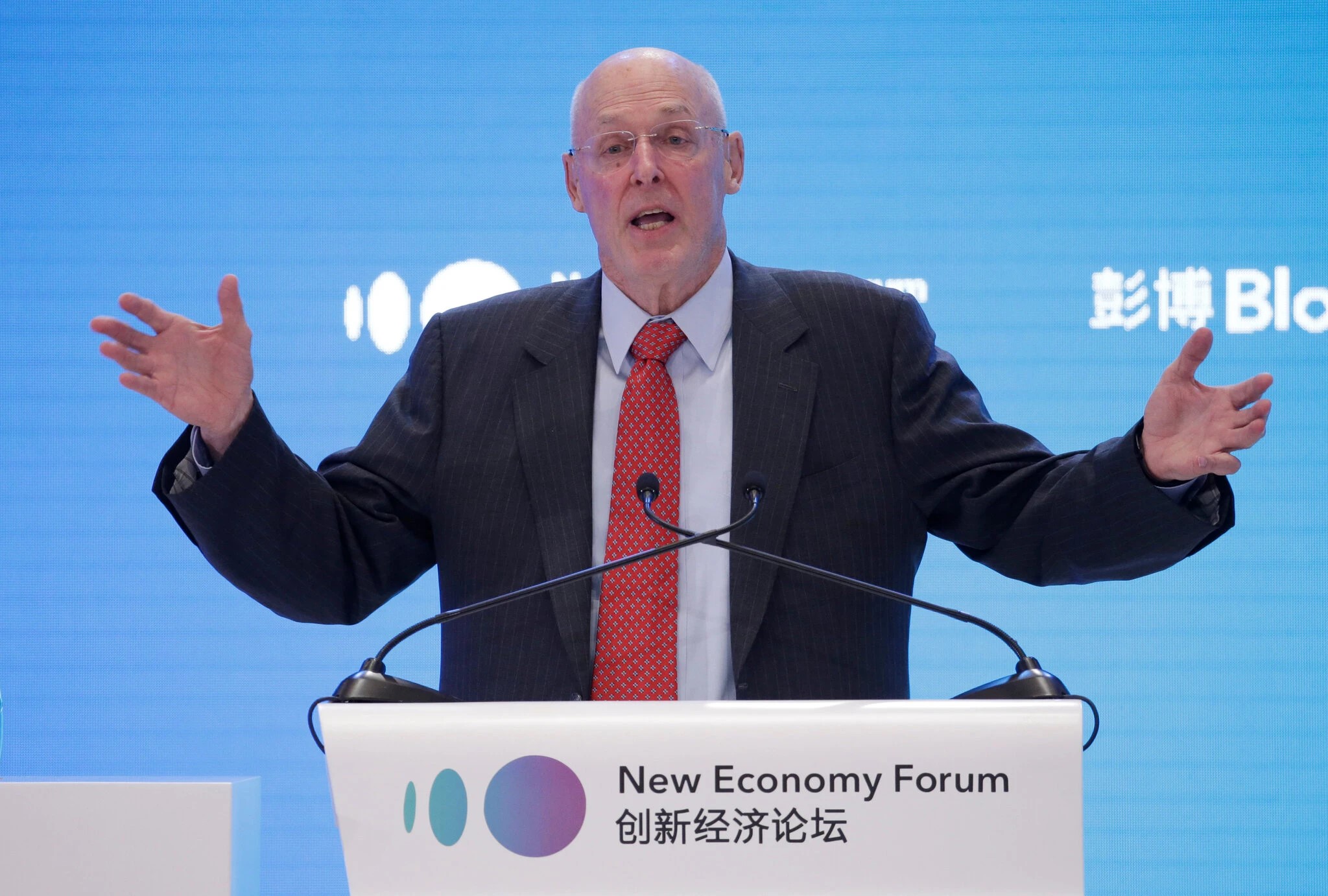By: Jeff St. John
January 5, 2015
California Gov. Jerry Brown has upped the ante on the state’s green energy goals, calling for a big increase in renewable energy, alternative fuels and building efficiency over the next fifteen years — along with the smart grid investments to put them to use.
In his Monday inaugural address, Brown proposed an ambitious expansion of California’s renewable energy goals, from one-third by 2020 to 50 percent by 2030 — a goal that’s now open to state policymakers with the passage of AB 327 last year.
Brown also proposed that the state set guidelines to cut fossil fuel use in cars and trucks in half over the next fifteen years, and double energy efficiency in existing buildings over the same time. Both proposals would push California beyond its already aggressive goals for vehicle fuel economy and increased efficiency in building codes.
California is already on target to meet the greenhouse gas reduction goals called for in AB 32, the state law passed in 2006, Brown noted. But “these efforts, impressive though they are, are not enough” to meet the goal set by the U.N. Intergovernmental Panel on Climate Change and a majority of climate scientists to limit global warming to 2 degrees Celsius by 2050, he said.
“If we have any chance at all of achieving that, California, as it does in many areas, must show the way. We must demonstrate that reducing carbon is compatible with an abundant economy and human well-being,” he said. “All of this is a very tall order. It means that we continue to transform our electrical grid, our transportation system and even our communities.”
Brown didn’t outline specific policy initiatives he would promote to achieve those goals in his relatively short speech. But he did lay out a list of initiatives he would support as part of his program, including “more distributed power, expanded rooftop solar, micro-grids, an energy imbalance market, battery storage, the full integration of information technology and electrical distribution and millions of electric and low-carbon vehicles.”
Some, if not all, of these initiatives are already underway in one form or another in California. The state leads the country in rooftop solar PV, and under AB 327, it is reworking its net metering regulations through the rest of the decade. It’s also a leader in grid energy storage, with incentives and regulations that have pushed hundreds of megawatts of batteries and other storage technologies into the market.
Groundbreaking procurements like Southern California Edison’s RFPs announced last month are creating new models for how utilities and customers can share the costs and benefits of distributed assets, but much work remains to be done on this front. Brown’s administration, which helped shepherd AB 327 through the state legislature, will also be playing an important role in enacting the regulations to bring demand response, energy storage, rooftop solar PV and plug-in EVs and other distributed resources like these into play as local and system-wide utility assets.
Microgrids are another California specialty, ranging from the nation’s biggest campus-wide microgrid and cutting-edge military installations in San Diego, to federal and state-funded projects testing new combinations of solar, storage, energy management and power electronics. On the IT-to-grid integration front, California’s utilities have deployed millions of smart meters, and are starting to create the distributed energy resource management systems (DERMS) to manage the rising amount of electricity being generated on the edge of the state’s grid.




